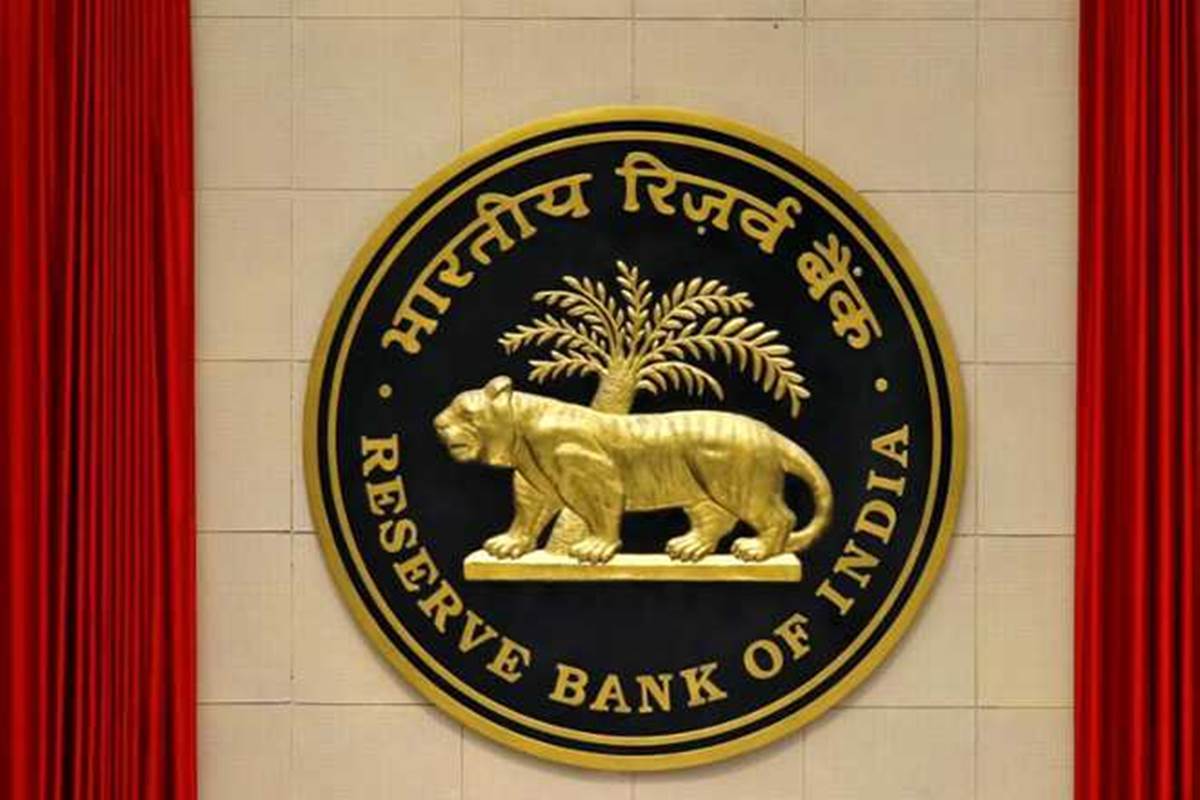BANKS
RBI cautions on bad loans surge and MSME stress
Bad loans could swell to 11.22% of the advances under a severe stress scenario, RBI said; there is incipient signs of stress among medium and small units.
Bad loans could swell to 11.22% of the advances under a severe stress scenario, RBI said; there is incipient signs of stress among medium and small units.

Bad loans could swell to 11.22% of the advances under a severe stress scenario, the Reserve Bank of India has said while also warning that there is incipient signs of stress among medium and small units.
The gross non-performing assets (GNPAs) ratio of banks may climb from 7.48% in March 2021 to 9.8% by March 2022 under a baseline scenario, the RBI said in its bi-annual Financial Stability Report (FSR) released on Thursday. It, however, added that banks have sufficient capital, both at the aggregate and individual level, even under stress.
The FSR released in January this year had said banks' GNPAs may increase to 13.5% by September 2021 under the baseline scenario, which would be the highest in over 22 years.
The latest report said within the bank groups, GNPA ratio of public sector banks is expected to rise to 9.54% in March 2021 and edge up to 12.52% by March 2022 under the baseline scenario. This is an improvement over earlier expectations and indicative of pandemic proofing by regulatory support, it said.
For private sector banks and foreign banks, the transition of the GNPA ratio from baseline to medium to severe stress is from 5.82% to 6.04% to 6.46%, and from 4.90% to 5.35% to 5.97%, respectively.
Banks’ exposures to better rated large borrowers are declining but there are incipient signs of stress in the micro, small and medium enterprises (MSMEs) and retail segments, the FSR cautioned. The demand for consumer credit across banks and non-banking financial companies (NBFCs) has dampened. Some deterioration in the risk profile of retail borrowers is becoming evident, the report said.
The capital to risk-weighted assets ratio (CRAR) of scheduled commercial banks increased to 16.03% and the provisioning coverage ratio (PCR) stood at 68.86% in March 202, according to the FSR.
All 46 banks would be able to maintain CRAR well above the regulatory minimum of 9% as of March 2022 even in the worst-case scenario, it said.
Stress tests on banks' credit concentration showed that in the extreme scenario of the top three individual borrowers of the banks under consideration failing to repay, no bank will face a situation of fall in CRAR below the regulatory requirement of 9%.
However, 37 banks would experience a decline of more than one percentage point in their CRARs.
Under the extreme scenario of the top three group borrowers in the standard category failing to repay, the worst impacted four banks would have CRARs in the range of 10 to 11% and 39 banks would experience a decline in CRAR of more than one percentage point, the report said.
In the extreme scenario of the top three individual stressed borrowers of these banks failing to repay, a majority of the banks would experience a reduction of 10 to 20 bps only in their CRARs, the report said. This will be on account of low level of stressed assets in March 2021.
Despite the pandemic conditions during 2020-21, the GNPA ratio for the non-banking financial companies (NBFCs) sector declined. There was a more than commensurate fall in the net NPA ratio due to higher provisioning and capital adequacy improved marginally, the report said.
The GNPAs of NBFCs stood at 6.4% and net NPAs at 2.7% as of March 2021.
As credit demand picks up, banks will need to reinforce their capital and liquidity positions to fortify themselves against potential balance sheet stress, the report said.
